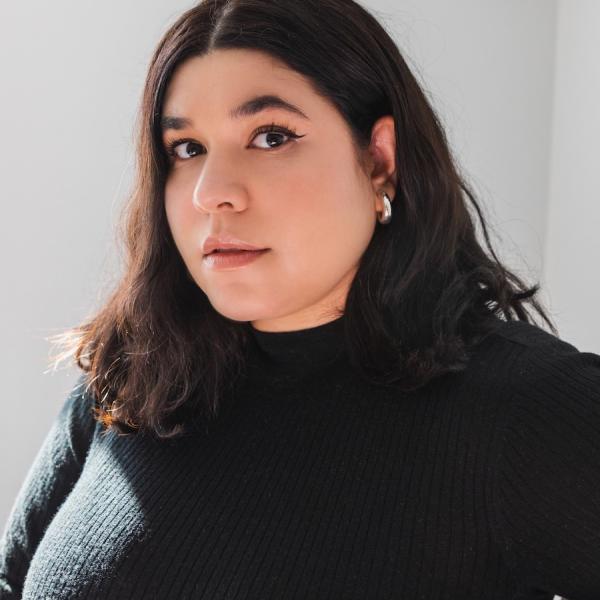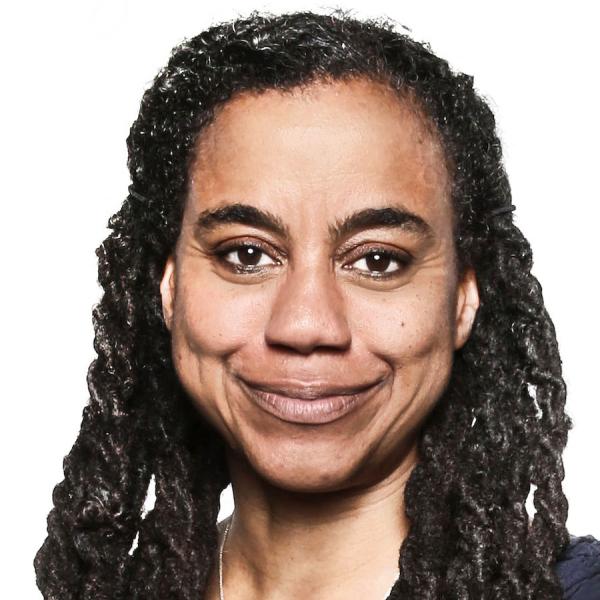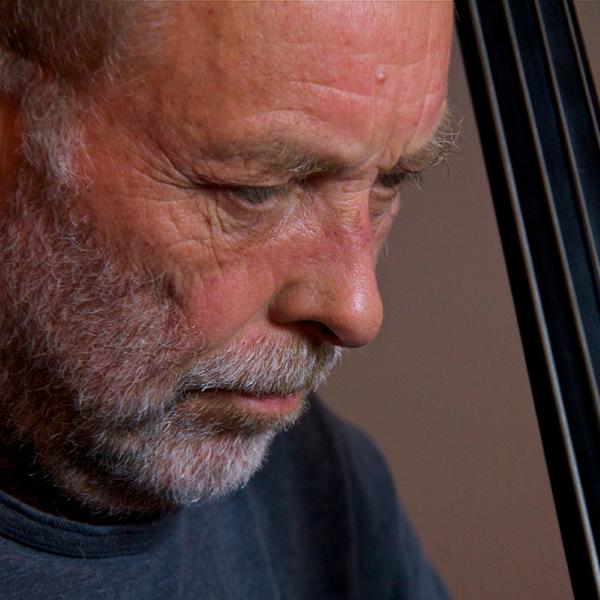Chairman's Corner: November 19, 2020
Jo Reed: I'm Josephine Reed from the National Endowment for the Arts with The Chairman's Corner, a weekly podcast with Mary Anne Carter, Chairman of the Arts Endowment. This is where we'll discuss issues of importance to the arts community and a whole lot more. Two days ago the National Endowment for the Arts released a report called "Art Strategies for Addressing the Opioid Crisis: Examining the Evidence," and it focuses on integrating the arts into pain management and how the arts can be used for the prevention and treatment of substance abuse, which includes opioid use, and I know you want to talk about this, Mary Anne.
Mary Anne Carter: I sure do, Jo, and I should say, although this report was commissioned long before COVID-19 arrived in this country, multiple news accounts have suggested that the pandemic has caused an increase in opioid-related deaths due in part to isolation and lack of access to treatment. And this is really important, Jo, because with an estimated more than 450,000 dying from opioid overdoses in the past 10 years we need to look at every resource available, and what we have found is that the arts provide another tool in this arsenal to help fight this epidemic.
The report is in three sections: a review of 116 articles, overviews of eight ongoing programs, and a look at the research gaps and opportunities that invite further investigation. And there are two findings that I found particularly compelling. Music listening was shown to reduce post-operative pain, chronic pain and the need to take pain medication, which of course, as we know, tends to lead to an abuse of opioids. And music was also shown to improve readiness and motivation for substance-use disorder treatment and to reduce cravings.
Jo Reed: Well, let's talk about a couple of the specific programs that are examined in the report.
Mary Anne Carter: Sure. Here are a couple that I think are pretty fascinating. A program called Art Rx out of UC Davis Health in California, it seeks to ease the burden of chronic pain through art and social engagement. So docents with the program lead tours of the Crocker Art Museum in Sacramento and encourage participants to talk about how they feel looking at a piece of art. Dr. Ian Koebner, director of integrated pain management at UC Davis Health and of Art Rx, said, quote, "It's about connecting to other people and to the myriad aspects of the self that are not identified with the pain," end quote. Art Rx also works with healthcare practitioners, exploring with them the value of the arts in pain management and how the arts might help patients who are trying to taper-off prescription opioids. And finally the program works to reduce the isolation related to living with chronic pain by encouraging participants to bring guests on these tours. And so from the West Coast let's go to the East Coast and to Philadelphia, where people dealing with mental health disorders and, again, substance-use disorder can find support through one of three community storefronts that make-up the Porch Light Program. Run by Mural Arts Philadelphia, Porch Light brings together teams of artists and behavioral health providers to work with participants to create murals that showcase important issues, including trauma, homelessness and recovery. And one of the storefronts in the Kensington neighborhood offers additional programs such as Tuesday tea and textiles, journaling for survivors, patches and prayer flags, and open-mike nights, and certified recovery specialists work alongside participants and help connect them to these services. And so far Kensington has had more than 5,000 interactions with community members, many of those engaging with multiple classes and events throughout the week.
Jo Reed: I think it’s important to point out that "Art Strategies for Addressing the Opioid Crisis” is really just the latest example of the agency’s work in the area of the arts and health.
Mary Anne Carter: That's right, Jo, and you know linking the arts to our everyday health and well-being has been a priority for this agency as individuals and as a nation healing. So first we have ongoing research partnerships with the National Institutes of Health. One is with the National Institute on Drug Abuse, where together we have promoted research about the arts' connection to healthy brain development in teenagers. A second research partnership with NIH is to study music and health stemming from the Sound Health initiative, which also includes the John F. Kennedy Center for the Performing Arts and the soprano Renee Fleming. In January 2021, by the way, the arts endowment will launch the Sound Health Network, a national resource for information about music, neuroscience, and health and wellness. And last but of course certainly not least, music therapy practice and research are always and always have been critical to Creative Forces, our Military Healing Arts Network, which is our partnership with the US Department of Defense and Veterans Affairs and state and local arts agencies that seeks to improve the health, wellness and quality of life of our military personnel and veterans exposed to trauma. So the "Arts Strategies for Addressing the Opioid Crisis" report, offers hope about the arts' healing power even as we're coping with another national health crisis.
Jo Reed: Mary Anne, that's where we're going to leave it. Thank you.
Mary Anne Carter: Thank you, Jo.
Jo Reed: That was Mary Anne Carter Chairman of the National Endowment for the Arts. You can find press release with a link to the full report “Arts Strategies for Addressing the Opioid Crisis” at arts.gov. Just search for newsroom.
For the National Endowment for the Arts, I’m Josephine Reed. Stay safe and thanks for listening.
Music Credit: “Renewal” composed and performed by Doug Smith from the cd The Collection.




